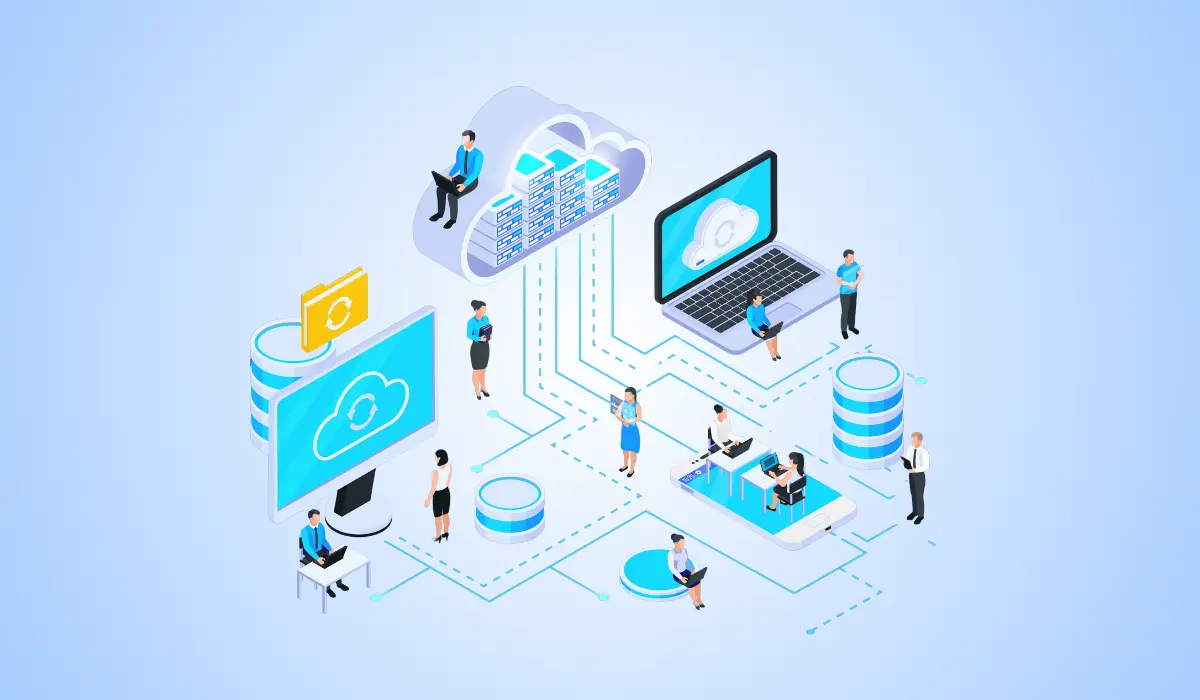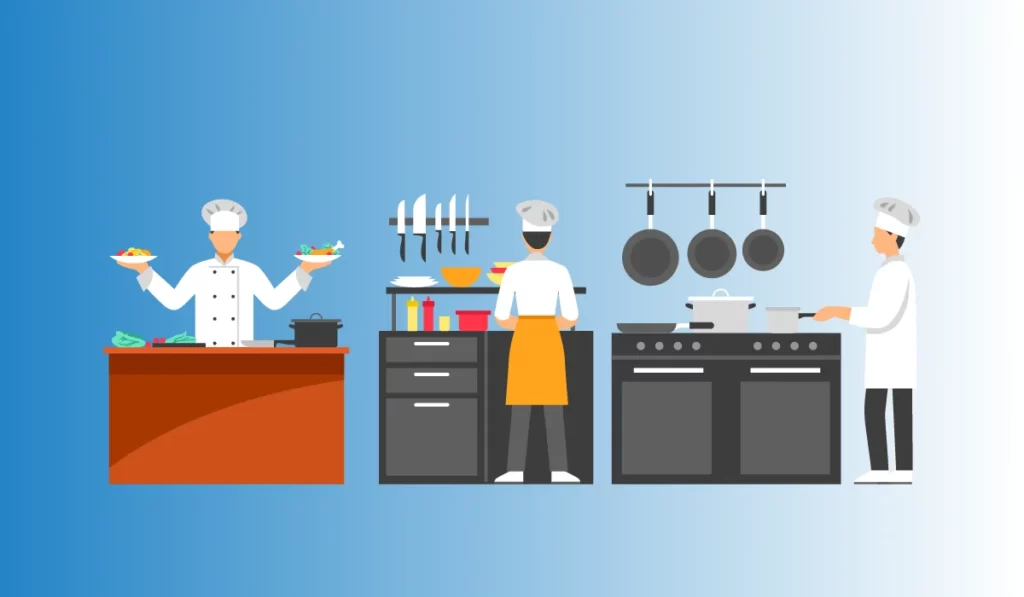Cloud kitchens are centralized establishments where various businesses can rent dedicated spaces exclusively for food delivery and takeout services.

What are the benefits of a cloud-based HR system?

Cloud kitchens are centralized establishments where various businesses can rent dedicated spaces exclusively for food delivery and takeout services.
These establishments operate without traditional dining spaces or physical storefronts.
Instead, they provide a communal kitchen area where culinary teams prepare dishes intended for delivery to customers’ residences or workplaces.
The entire ordering and delivery process typically hinges on digital platforms and third-party online delivery services.
In this blog, we will learn how cloud kitchen work and gain a deeper understanding of their operational processes.
Content Index

Cloud kitchens operate without a traditional dine-in space and focus solely on preparing food for delivery or takeout.
Certain cloud kitchen facilities might provide the convenience of in-person pickup or drive-through services.
It’s evident that the successful launching of cloud kitchens is greatly dependent on advanced technological systems.
Just like any conventional restaurant, those overseeing cloud kitchens, whether as owners or managers, need to closely oversee all aspects of their operations, spanning from the moment a customer places an order to the point when the food is successfully delivered.
Therefore, implementing a reliable restaurant Point-of-Sale (POS) system that enables thorough monitoring of all operations within your restaurant and precise recording of orders and transactions becomes essential.
A cloud kitchen operates by either renting a commercial kitchen space or constructing its own culinary facility.
These kitchens are typically situated in industrial zones or similar non-residential locales to maintain cost-effective rental expenses. This is how the cloud kitchen functions.
Customers can make food requests via various channels, including online delivery services, the cloud kitchen’s official website, or its mobile application.
This streamlined ordering process not only enhances convenience but also allows customers to customize their meals according to their preferences, ensuring a seamless dining experience.
Within the cloud kitchen, chefs and kitchen staff prepare dishes using carefully planned menus for delivery.
This precision in menu design ensures their taste and quality during delivery and caters to the preferences of customers, enhancing overall satisfaction to customers.
After the completion of the cooking process, the food undergoes meticulous packaging and is tagged with essential customer order information, along with any additional details.
Following the standard packaging process ensures that each order is accurately identified and efficiently prepared for seamless delivery to the customer’s doorstep, enhancing the overall dining experience.
Following packaging, the prepared meals are collected by delivery drivers, either employed by the cloud kitchen or affiliated with third-party delivery services, responsible for conveying them to the customer’s designated destination.
The delivery process ensures prompt and reliable delivery, contributing to the convenience and satisfaction of customers who can enjoy their meals in the comfort of their own homes.
Any new technology will have certain disadvantages in addition to its advantages. Here are some potential difficulties associated with operating a cloud kitchen.
Virtual restaurants face challenges with limited brand visibility due to their lack of a physical presence.
To overcome this hurdle and build loyalty, they must focus on digital brand-building through online advertising and social media marketing.
Cloud kitchens, which lack actual restaurants, miss out on the cherished human interaction that draws people to dine out.
This absence of direct customer feedback, essential for growth and improvement, leaves virtual brands dependent on online reviews, which may lack constructive criticism.
Risks associated with an excessive reliance on delivery apps include high costs and no control over the standard of last-mile deliveries.
Offering in-house delivery is a workable solution, but it comes with higher marketing costs and logistical challenges.
It’s a more practical choice for big communal kitchens where several brands can split the workload.
Learning how cloud kitchens operate reveals exciting advancements in food technology today.
These places don’t have physical restaurants but offer us more convenient dining options.
They make it easy to order food online, prepare it carefully, pack it neatly, and deliver it efficiently to our homes, changing the way we enjoy restaurant-quality meals.
Even though cloud kitchens face challenges like not being well-known and not having direct interactions with customers, they rely on innovation and technology to thrive.
They use apps and other services to find hungry customers and deliver food to them.
In a world where we love convenience, cloud kitchens show how smart ideas in cooking can adapt and use technology to reach us when we’re hungry.
So, the next time you enjoy a tasty meal at home, remember the hard work behind it, all thanks to cloud kitchens, mixing technology with cooking to make our dining experience better.
If you wish to read more about starting a cloud kitchen in Dubai in detail feel free to go through our following articles where we have covered all aspects you need to know!
Great! What’s the single biggest challenge you’d like a software solution to solve for your business? 🎯
💡 Suggested Solution Ideas:
Just one more step! Share your details so our experts can connect with you personally and discuss tailored solutions. 🤝
Thank You for Connecting! 🎉
We've received your information and a specialist will be in touch with you very shortly to discuss how we can help your business thrive.
In the meantime, feel free to browse our resources or reach out if you have immediate questions.
Understood! 🙏
No worries if you're not exploring software solutions right now. Our door is always open if your needs change!
Feel free to explore our other offerings or connect with us anytime.